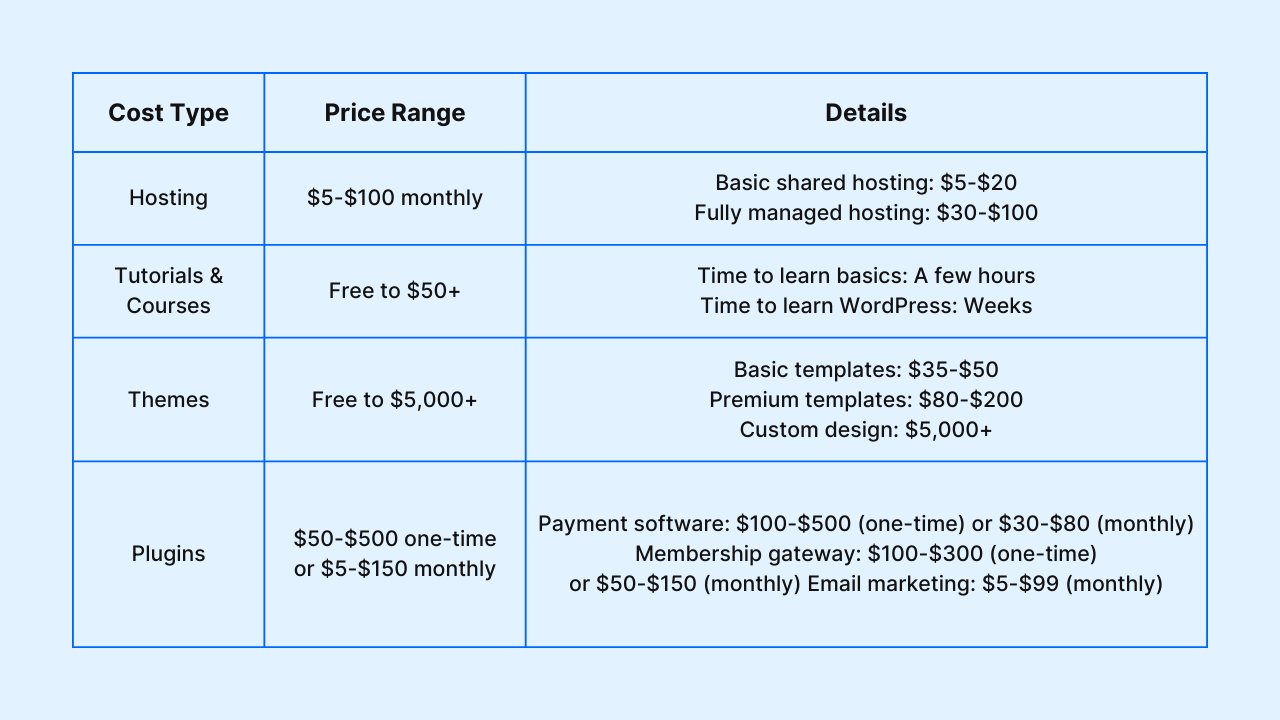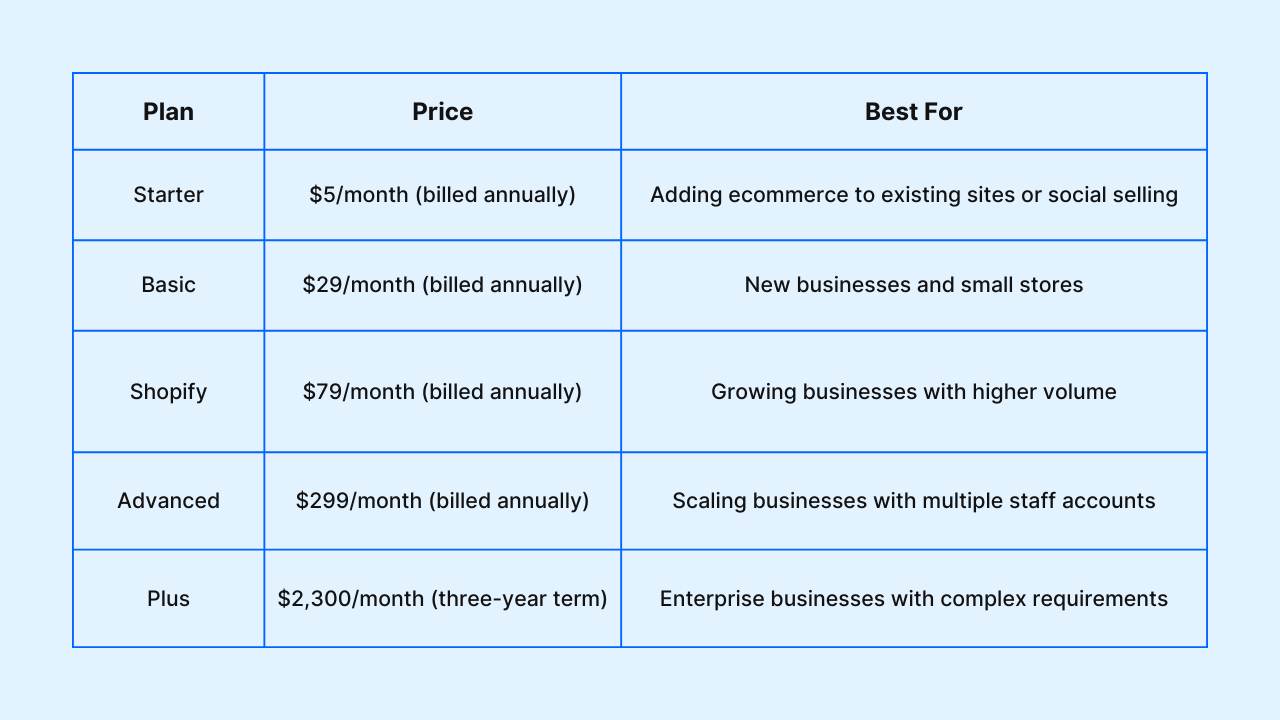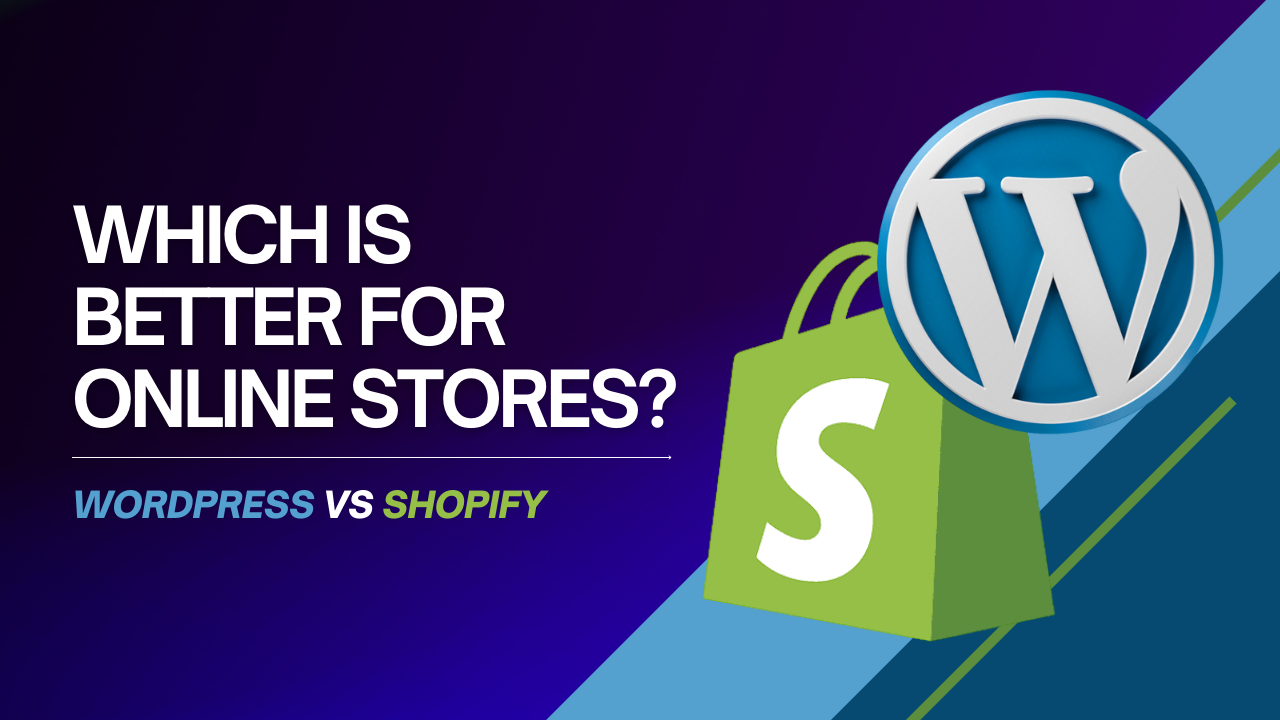So you want to build an online store but aren't sure which platform to choose? It's a common dilemma. Shopify dominates the ecommerce world, while WordPress powers nearly 40% of all websites. Let me help you figure out which one is right for you.
After testing both platforms, I can confidently say that Shopify is the better overall option for most people. It comes with powerful sales tools built right in, has a huge app store, and is perfect for beginners or busy entrepreneurs who want to get online quickly.
That said, WordPress offers almost unlimited customization options thanks to its open-source nature. The downside? It requires more time and technical know-how to set up and manage your store. If you're willing to put in the extra effort, you can create a truly unique and complex site.
Quick comparison
Shopify is best for managing your online store easily Everything comes in one package with Shopify, making it the ideal choice for users who want a straightforward experience. You can access everything from a single dashboard – just log in and start working.
WordPress is best for customizing your online store extensively If you want your store to stand out from the crowd or need specific features, WordPress might be a better fit. You can add endless new features and themes to keep your store fresh, though it will take more work on your part.
Pricing comparison
When it comes to cost, both platforms have different pricing structures. Let's look at what you can expect to pay with each option:
WordPress pricing

With WordPress, costs can quickly add up if you're not careful. You'll need to budget carefully and have a clear plan before starting.
For hosting, I recommend Bluehost's Online Store plans for WordPress. Their Basic plan starts at just $6.99 per month (billed annually) for the first year, then renews at $15.99 monthly. This includes a free domain, professional email, SSL certificate, and 40GB of storage.
Shopify pricing

Additional costs:
App subscriptions: $13-$75 monthly
Premium themes: $70-$380 (one-time payment)
Processing fees: 2.9% + 30¢ for major credit cards with Shopify Payments
Transaction fees: Extra 2% if you don't use Shopify Payments
New users get a three-day free trial, followed by three months at just $1/month!
Despite Shopify's higher starting price, it actually offers better value than WordPress. Why? First, you're paying for convenience – everything is in one place, making store management much easier. Second, Shopify's own TCO (Total Cost of Operation) Calculator shows it's about 36% cheaper to run than WooCommerce, even with the additional fees.
Sales features
Shopify was built specifically for ecommerce, so selling is at its core. All its features serve online stores in some way. When you first set up Shopify, you'll immediately start adding products before designing your site.
In my testing, Shopify offered the best sales features I've ever used. Here are some standouts:
Abandoned cart recovery: Automatically sends email reminders to customers who leave items in their cart
Discount codes: Create unique promotional codes for customers
Multichannel integration: Sell directly on social media platforms and marketplaces like TikTok and Amazon
WordPress doesn't have built-in ecommerce tools. Instead, you'll need to install a plugin like WooCommerce, which offers features like unlimited product listings (both physical and digital), built-in blogging, product reviews and ratings and product sorting and filtering.
While WooCommerce is good, it doesn't feel as dedicated to ecommerce as Shopify does. You'll need to add more tools to match Shopify's capabilities.
Apps and plugins
Shopify has over 8,000 apps in its store, ranging from marketplace integrations to specialized features like Buy Buttons and Product Reviews. Shopify tests each app thoroughly before adding it to their official store, ensuring quality and security.
WordPress blows this number away with nearly 60,000 plugins. You'll find everything from email marketing tools to shipping solutions – there's even a Shopify plugin for WordPress!
While many WordPress plugins are free, premium ones typically cost between $5-$150 monthly or $50-$500 as a one-time payment. Shopify apps cost less on average (around $20 monthly), but remember that most WordPress plugins are free.
The downside to WordPress's massive plugin library? Less quality control. Some plugins may have security vulnerabilities or compatibility issues. With Shopify, you'll pay more on average, but the quality and security are generally better.
SEO and marketing
Both platforms offer good marketing tools, but they work differently. Shopify includes everything you need built right in. You get Shopify Email for sending campaigns to customers, contact forms to collect leads, and easy connections to Instagram, Facebook, and TikTok for selling on social media.
WordPress needs plugins for most marketing features. You'll need to add Hubspot for managing customer relationships, Mailchimp for email marketing, Google Ads tools for advertising, and Pretty Links if you want to do affiliate marketing.
For SEO, WordPress gives you more control if you know what you're doing. You can adjust technical factors like site speed and security settings. The Yoast SEO plugin (free version available) makes optimization much easier.
Shopify has good basic SEO tools too. You can edit meta titles and descriptions, customize URLs, add alt text to images, and follow SEO best practice suggestions that Shopify provides.
Both platforms can help you market your store effectively. Shopify is simpler but less flexible, while WordPress offers more control but requires more work.
Setup and ease of use
Your coding skills will largely determine which platform feels easier to use. Shopify is designed to be accessible to beginners, with drag-and-drop editing and plenty of tutorials. WordPress offers more customization but requires at least some basic coding knowledge.
When setting up Shopify, you'll start by adding products right away. This approach helps you build your store around what you're selling, rather than focusing on design elements first. Shopify Magic (their AI tool) can even generate product descriptions for you, saving time.
However, the Shopify editor can be confusing. While the drag-and-drop feature is helpful, some users (including me) got lost trying to find basic elements like new page creation or text boxes.
WordPress has no built-in drag-and-drop editor, but it can be enhanced with plugins like Elementor, SeedProd, or Beaver Builder. These add visual editing capabilities similar to traditional website builders.
The WordPress dashboard can feel overwhelming at first glance, with countless tools and options. But the flexibility to choose different editing plugins gives WordPress an edge – if you don't like one editor, you can try another. With Shopify, you're stuck with their system unless you hire a developer.
Templates and themes
Templates give you a starting point for your design. Shopify offers over 100 themes, but only 12 are free – the rest start at $140 each. While expensive, these are one-time purchases that can significantly improve your store's appearance. All Shopify themes are mobile-responsive, which is crucial since over 60% of internet traffic now comes from mobile devices.
WordPress absolutely dominates in this category with over 11,000 themes – including about 1,000 specifically for ecommerce. WooCommerce and other plugins offer even more options. The recent WordPress 6.3 update introduced "Patterns" – pre-made blocks in specific styles that you can add and remove as complete elements.
With such a vast selection, WordPress theme quality can vary. Not all are mobile-responsive, and third-party themes might have compatibility issues with updates. But with thousands to choose from, you're bound to find something that works for you.
Summery
After thoroughly testing both platforms, I recommend Shopify for most people looking to build an online store. Its specialized ecommerce features, all-in-one dashboard, and easier setup make it ideal for beginners and busy entrepreneurs alike. WordPress is better suited for those who want complete control over their store's design and functionality, have some technical skills, and don't mind putting in extra time to get things just right. Your choice ultimately depends on your budget, technical skills, and specific needs. If you want a straightforward solution that lets you focus on selling rather than website management, go with Shopify. If maximum customization is your priority and you're willing to put in the work, WordPress might be the better choice.



